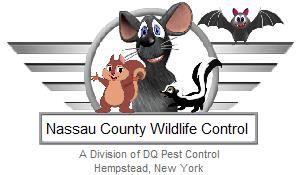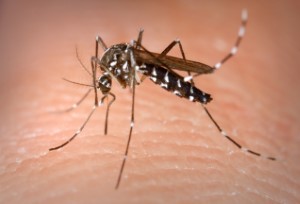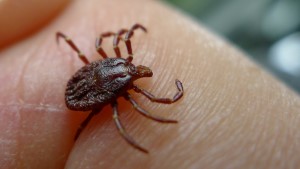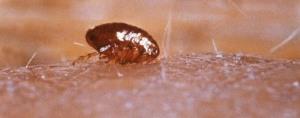Rat-bite Fever
Rat-bite fever is caused by the bacteria Streptobacillus moniliformis, which is found in the oral cavity of rats. Symptoms of rat-bite fever include fever, vomiting, headache, rash, muscle and joint pain. Without proper treatment, rat-bite fever can result in severe disease and death.
Leptospirosis
Leptospirosis is a zoonotic bacterial disease that affects both humans and animals. Human cases of leptospirosis result from direct or indirect contact with infected urine of rodents and other animals, such as raccoons. Without treatment, this disease can lead to kidney damage, meningitis, liver failure, respiratory distress, and even death.
Salmonellosis
Salmonella bacteria is commonly transmitted via food contamination by mouse, rat, or bird droppings. Salmonellosis can lead to severe cases of food poisoning, blood poisoning, and death. Food poisoning, the most common ailment, is distinguished by a sudden onset of abdominal pain, nausea, vomiting, and diarrhea.
Rickettsialpox
Rickettsialpox resembles chicken pox and is transmitted from house mice to humans via mites. It is a mild nonfatal disease that generally resolves within two to three weeks if untreated.











